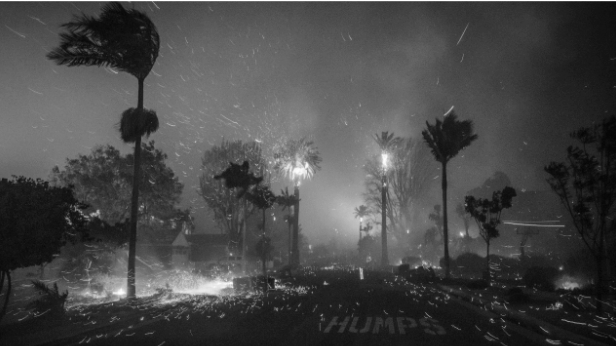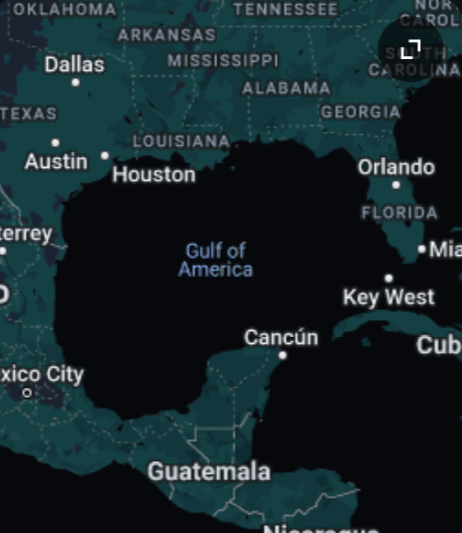Attractions way back when; the origin of escape rooms and haunted houses
October 25, 2020
With the month of October among us, haunted houses and escape rooms have become a favorite weekend outing for students at North Harford. But have you ever wondered where they came from? The idea of a haunted house is unique, rooms upon rooms of scenes only imagined in your worst nightmares.
According to Bekah McKendry of America Haunts, haunted houses date all the way back to the time of the Egyptians. It was used as a mechanism to keep thieves out of pyramids. Elements such as traps, mazes, moving walls, and self-opening doors were mechanisms used to scare off intruders. It has also been discovered that live snakes and insects were used inside of the pyramids.
The “haunted houses” displayed in Ancient Egyptian times did not have lines of people standing outside with building anticipation of what is to come, however many of the elements that are used as scare tactics today can be seen in some fashion long ago.
In addition to the Egyptians, Ancient Greeks and Romans also planted the seed of haunted houses today. A key component of Greek and Roman folklore is monsters, and it was displayed using theater. These groups were masters of special FX on stage. “[They] pioneered a number of theatrical devices that would evolve into the spooky elements used in haunts today, including fog, trapdoors, ghostly images and even fake blood and gore.” says McKendry.
This ideal evolved over thousands of years, branching to Christian Europeans acting out biblical stories in order to frighten people into following Christian teachings throughout the Dark Ages. Haunted Houses eventually became what we know of them today with the opening of Disneyland’s Haunted Mansion in 1969, followed by the opening of thousands more local attractions.
Escape rooms are a newer concept in comparison to the idea of a haunted house. In an article written by Lock Academy, escape rooms originated from a Japanese video game in which players manipulated characters through mysteries inside of rooms to reach different levels.
According to Lock Academy, this concept was made into a reality when the Japanese company SCRAP founded the first ever escape room in 2007. Players were fully immersed in the game and had to manipulate different tasks in each room to escape.
Escape rooms became increasingly popular throughout Asia and took some time to make its way to Europe. Hungary later developed their own version of escape rooms without the knowledge that they had already been created in Asia, and in 2013 the installment of the first escape room in the United States was made by the original SCRAP company.
Escape rooms continue to become more and more popular as they continue to pop up around the globe. Be sure to visit both of these awesome attractions this season.
















